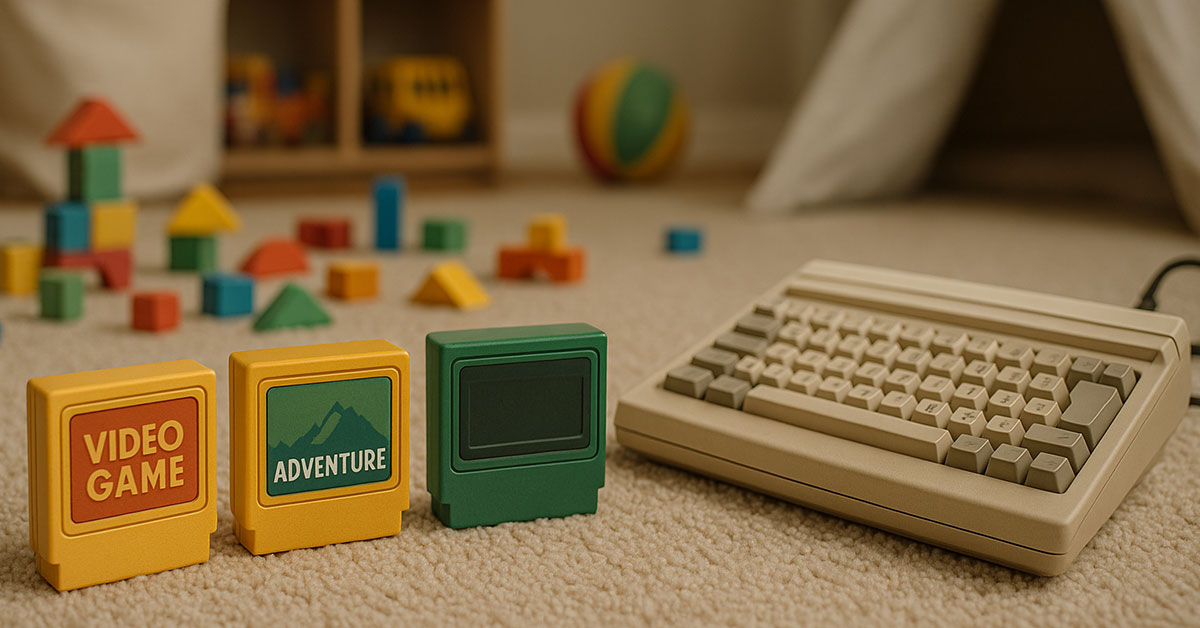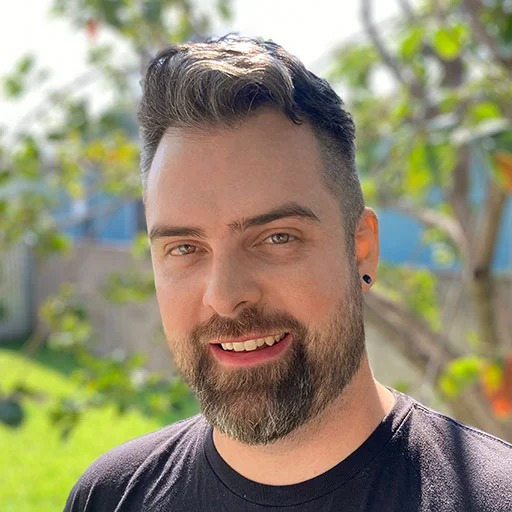Before I ever wrote a line of code or launched a freelance business, I was just a kid glued to a television, blowing on dusty cartridges and diving headfirst into pixelated worlds. Super Mario World, Sonic the Hedgehog, Super Metroid—those games weren’t just entertainment; they were formative experiences. Looking back, it’s clear they were my first taste of immersive digital design, intuitive interface learning, and systems thinking—even if I didn’t know it yet.
I spent hours exploring those virtual landscapes. After school, on weekends, whenever I could. And when I wasn’t playing, I was imagining—recreating game worlds in my head, designing new levels on paper, and dragging friends into elaborate make-believe games loosely based on whatever I was playing at the time. Gaming didn’t just fuel my imagination. It rewired how I thought about creativity.
Of all my childhood interests, video games reigned supreme. I dabbled in other things—sports, music, art—but nothing came close to the pull that gaming had on me. I didn’t realize it then, but I was already developing the core skills that would define my future: visual problem-solving, storytelling, systems analysis, and digital fluency.
A Second Obsession: The Computer Age Begins
Everything leveled up when a family friend introduced me to computers. I must have been around 11 or 12. At first, it was just an extension of my love for games—this mysterious beige box could run Quake, Doom, Rollercoaster Tycoon, and Starcraft, all of which looked and felt like a huge step up from console gaming.
But then I started asking questions:
Why did these games look better?
Why did some run smoother than others?
Could you change how they worked?
This curiosity only deepened when I went to my first computer expo. Picture it—an entire hall full of hardware, glowing monitors, people demoing games and software, and endless bins of components. I didn’t have the vocabulary to describe what I was feeling at the time, but I knew I was hooked. The possibilities felt endless. This was more than just a new toy—it was a new frontier.
Building My First Machine
That same family friend walked me through how to build a computer from scratch. We researched parts, made sure they were compatible, checked prices, and finally assembled the machine piece by piece. That first build felt like a rite of passage. I was no longer just using technology—I was shaping it.
Console gaming still had its place in my life, but computers had something consoles didn’t: flexibility. Modding, customization, the ability to upgrade and reconfigure—it scratched a completely different itch. It was creative, technical, and deeply personal. And it gave me my first taste of something that would later define my career: the thrill of making technology work your way.
More Than Just Fun
In hindsight, those formative years were doing more than just keeping me entertained. They were laying the groundwork for how I approach problems, projects, and people today. I was learning how to explore systems, break down complex problems into manageable steps, and stay curious even when things got frustrating.
More importantly, I was learning to follow my interests—even if they didn’t immediately lead to a clear goal. At the time, I didn’t know I’d end up in digital marketing, web development, or freelance tech consulting. All I knew was that I loved figuring out how things worked—and I loved using tech to create something useful or cool.
I didn’t realize it at the time, but this was the spark. This was the beginning of everything that would come later.
Next in the Series: Part 2 — College Confusion: Searching for the Right Fit
In the next chapter, I’ll dive into how I went from majoring in English to Oceanography, struggling to find direction while unknowingly edging closer to my eventual path in tech.

